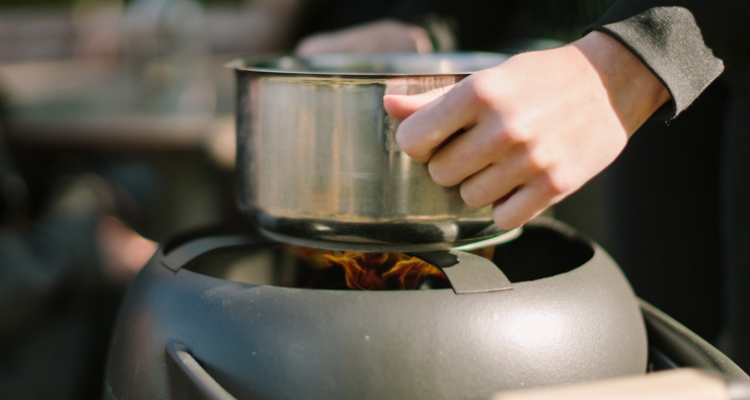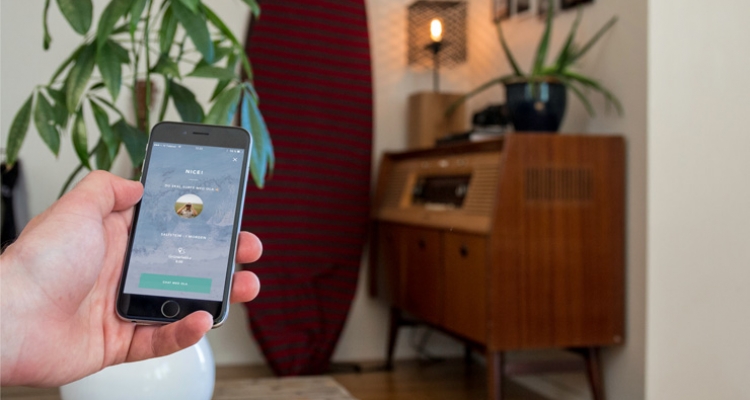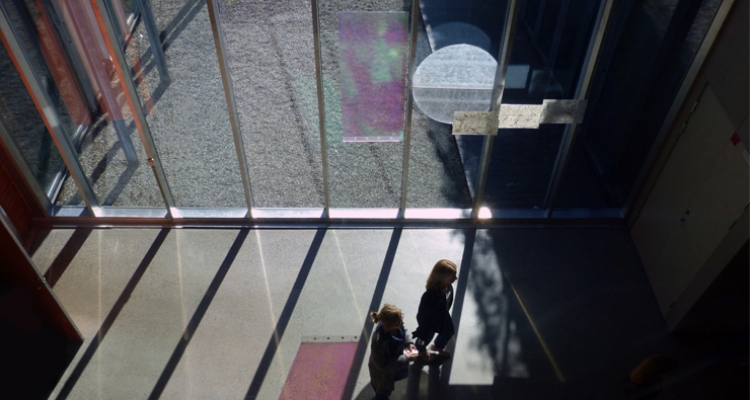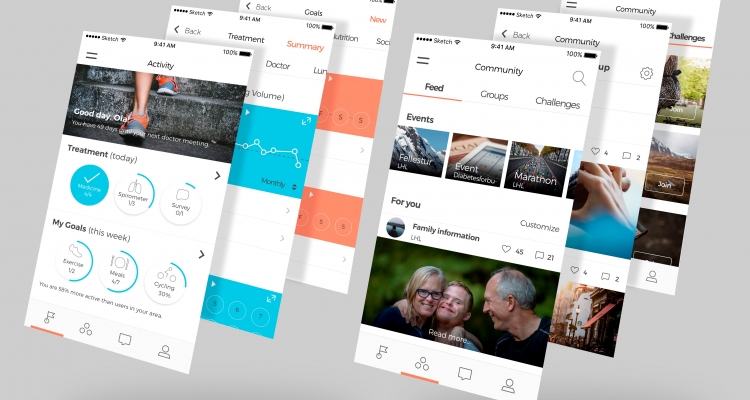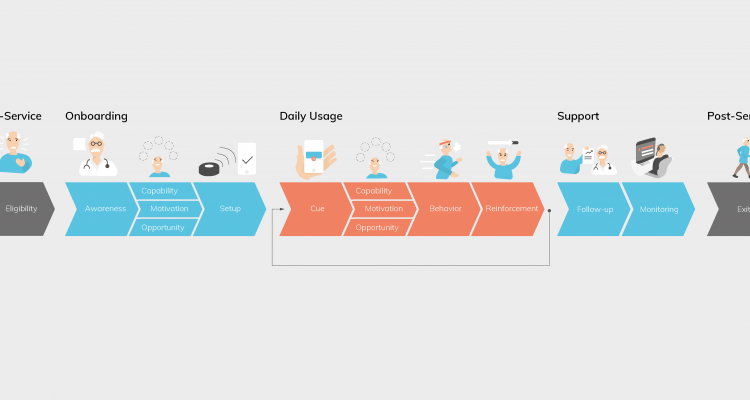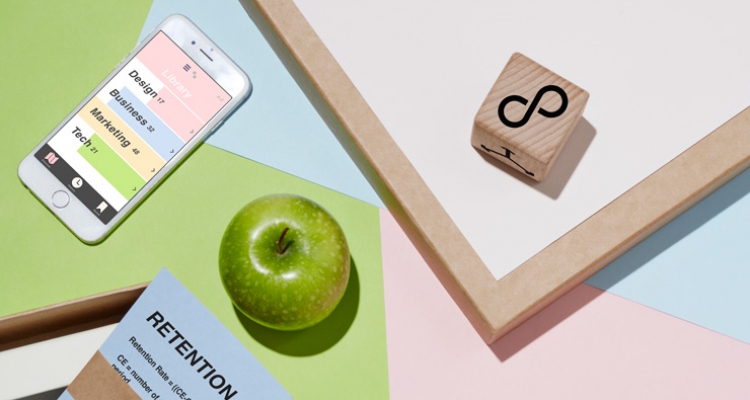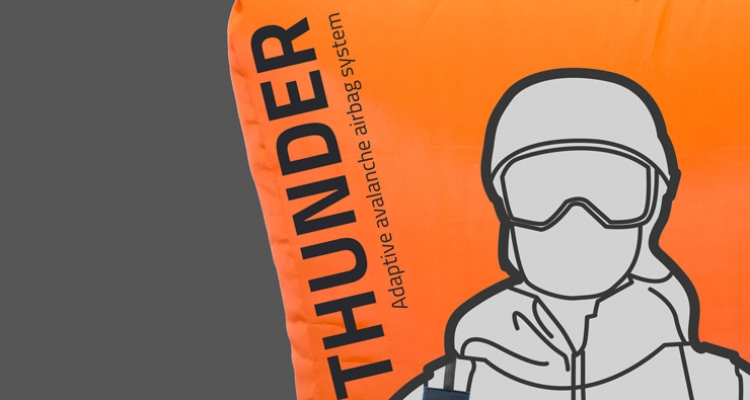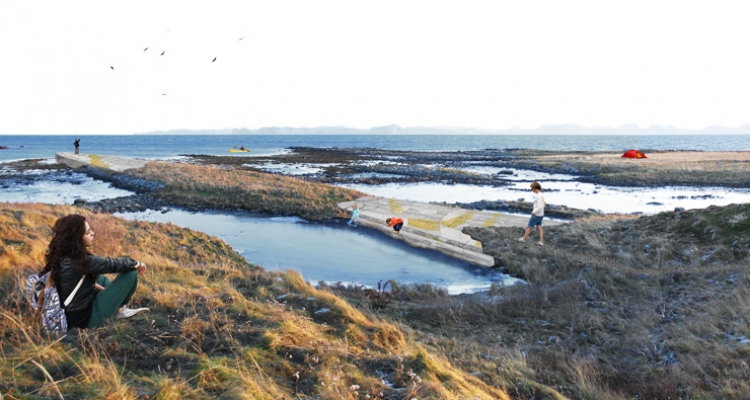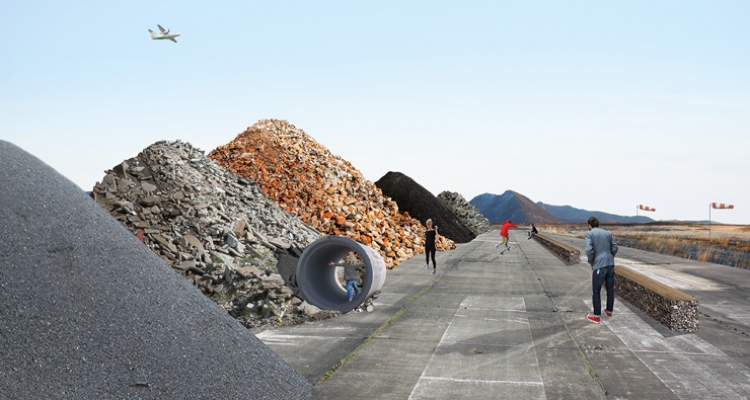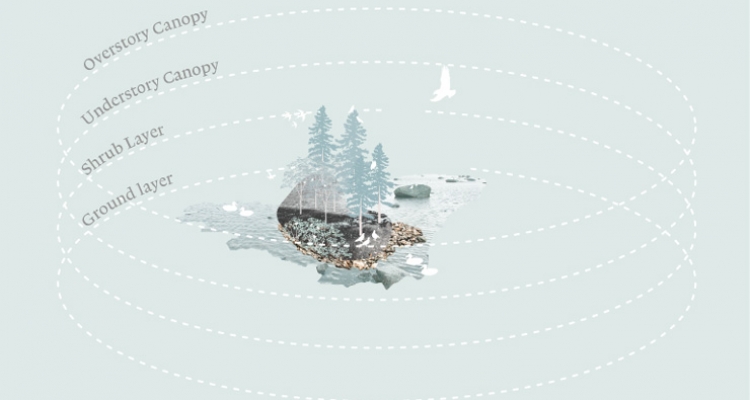As the seriousness of our climate situation is starting to sink in, plans to cut emissions are being discussed. But few are talking about how we can reduce the huge buildup of gases we already have in our atmosphere. There are very few viable ways of capturing CO2, but biochar one. By storing charcoal made from biomass in our soils, we effectively take carbon out of the natural loop - in that way we are capturing and sequestering CO2 from our atmosphere.
Diploma project
Through a design ethnographic approach I have explored the surf community and daily life of surfers in Norway.
Long travel distances, few surf friends and unpredictable surf conditions are amongst the challenges many surfers face. By applying these insights I have designed a solution that aims to lower the threshold to go surfing in Norway.
The aim of this project has been to develop a interactive device to encourage COPD patients to practice breathing exercises correctly and regularly. This project adopted an approach combined Industrial and Interaction design methods with a systematic thinking to create behaviours and characteristics for the product.
Anosmia is often a minimized or disregarded condition. This general indifference results in the silent suffering of affected people. With Stimulimulus, my intention is to spread knowledge and awareness
about the condition.
Smell is evanescent, elusive, immaterial. Eureganon is a one-off installation providing a visual and olfactive experience of this intangible. It is designed to stand out, question and trigger curiosity. Through an aromatic display and a play on coloured reflections, it aims to highlight the transient and subtle nature of a perfume.
TAD is a tangible modeling tool, which creates 1:1 3D-files, in the maximum format of 120*100*35mm, ready for either milling or printing on the go. By physically manipulating, the pins, form can be explored, duplicated or modified, and then fabricated. TAD is the result of an explorative process, where the goal was to create a way for children in primary education to use and develop their skills in digital manufacturing.
Everyday life is where most of the treatment or rehabilitation occurs for many patients and where the patient’s lifestyle is an important factor. Currently, the health system has a limited capacity to assist in this context, and most patient-system interactions are limited to short visits or check-ups.
Growing Pains is a three-layer learning journey into and with product metrics.
It is aimed at two groups: Students and young designers at an entry level, and startups and small teams working towards measurable results through design.
The different layers’ function by level of engagement and consist of:
• A web site for curious students that are entering new terrain.
• An app that lets you browse by different roles, save and share the different metrics you find relevant.
Thunder is an adaptive avalanche airbag system. Usually, an avalanche airbag product can help you float on the snow in an avalanche circumstance. Thunder are more focusing on the human behavior, making this avalanche airbag system not only an effective safety equipment, but also a product that people are willing to purchase and use.
Thunder effectively build-up the existing technology together and at the end, it has the potential to be a standard equipment for outdoor skier, and eventually saves lives when accidents happen.
This project investigates how the manmade and natural materials and processes at play in this constructed nature can be harnessed as resources that instigate a progressive transformation of the site and enable planned and unforeseen future uses.
